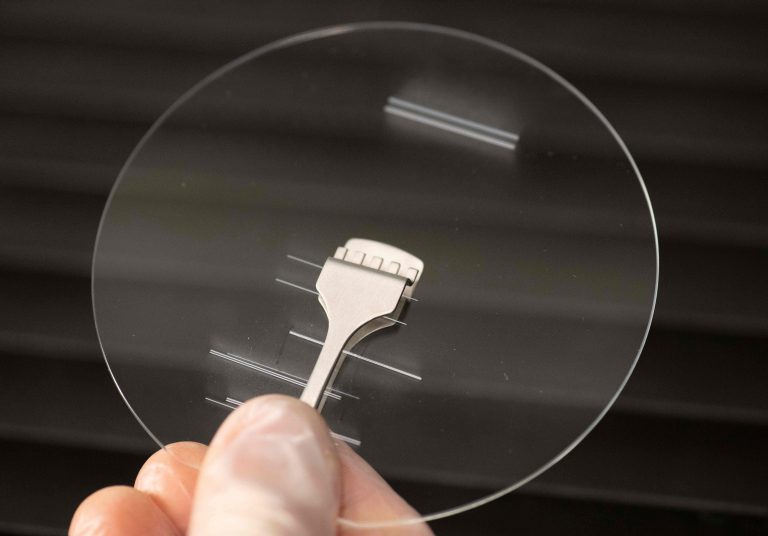In July 2020, the U.S. Department of Energy (DoE) and then Under Secretary for Science, Paul Dabbar, announced America’s Blueprint for the Quantum Internet detailing how the US is tackling this emerging technology that promises to redefine how the world communicates and handles data.
Since this announcement, this next generation internet has grown significantly and is expected to be implemented and widely utilized within the next 5 to 10 years.
This next generation network has been described as “unhackable.” It is also purported to be able to transfer large amounts of data across a network at much, much faster speeds than is currently possible by exploiting the quantum phenomena known as entanglement.
‘Teleporting’ data
Traditional networks send bits — ones and zeros — across vast distances. Currently, ones and zeros make the world spin. The quantum internet on the other hand teleports qubits, the quantum realms’ version of bits, between quantum devices like quantum computers, processors, repeaters, and switches exploiting quantum entanglement.
Quantum entanglement is a phenomena that Albert Einstein referred to as “spooky action at a distance.” This phenomena perplexed the genius because it appeared to send data faster than the speed of light, a universal constant that Einstein was adamant could not be breached.
Success
You are now signed up for our newsletter
Success
Check your email to complete sign up
When two particles are entangled, what happens to one particle is immediately noticeable on its entangled partner. So, even if you separate two entangled particles by distances measured in lightyears the manipulation of one particle is noticed immediately on the other, thus inspiring many people to describe the phenomena as “teleportation” or “faster than light.”
Whether data is actually travelling faster than light in this scenario is debatable. Despite our ability to exploit entanglement, much about it remains unknown. Like our ancestors who didn’t understand how fire ignites but were still able to exploit its energy.
The roadmap
The establishment of a quantum internet is well on its way. In July of 2020 the DoE had already progressed significantly establishing “17 DOE National Labs as the backbone of the Quantum Internet.”
In the summer of 2020 the DoE already had a “52-mile testbed for Quantum communications amongst several universities” in conjunction with Fermilabs and the University of Chicago.
This progress was boosted by a Trump-era policy that was enacted in December 2018 with the National Quantum Initiative Act, a bipartisan effort that “commits the United States to maintaining and expanding its leadership in Quantum information science (QIS), as well as developing new Quantum capabilities.”
At the time, Dabbar stated, “our goal for the quantum internet is to bring together a broad and diverse community from our labs, the private sector, and universities — a community that will combine traditional networking capabilities and infrastructure with new hardware, new materials, and new methods to create something truly groundbreaking.”
Much of the quantum internet will be able to run on existing infrastructure, eliminating the need to replace large swaths of the existing network.
Implications for consumers
Currently, data is extremely hard to secure as evidenced by regular breaches in security including two major breaches just recently that severely threatened U.S. infrastructure. The quantum internet promises to secure data once and for all.
With classical communication, an algorithm creates keys that encrypts a user’s data before sending it and it is then decrypted at its destination. These keys are difficult, but not impossible, to break, allowing bad actors access to critical networks, as well as corporate and personal information.
The quantum internet, on the other hand, utilizes qubits to create and transfer keys which, if tampered with, immediately lose their meaning and all data is lost, stopping hackers in their tracks. This means any personal information transmitted over a quantum network will be secure.
Entities that depend on a secure network like banks, cryptocurrency exchanges and social media platforms will be virtually unhackable.
In addition to this, internet users will be able to send much more data much faster with the quantum internet. Instantaneous transfer of files measured in terabytes will be both possible and commonplace.
The regular internet is expected to remain unchanged for the foreseeable future; however, the quantum internet will likely complement the existing infrastructure, which allows for a gradual transition between the two networks.
The current internet was first established in 1962 when J.C.R. Licklider of MIT sent a series of memos through the first network.
It took decades to implement a world wide network that changed how people communicated, worked and lived. In comparison, the quantum internet is taking mere years to come to fruition.
By the end of this decade, data and the networks used to send it, will be transformed creating an environment that is both much faster and much more secure.
















